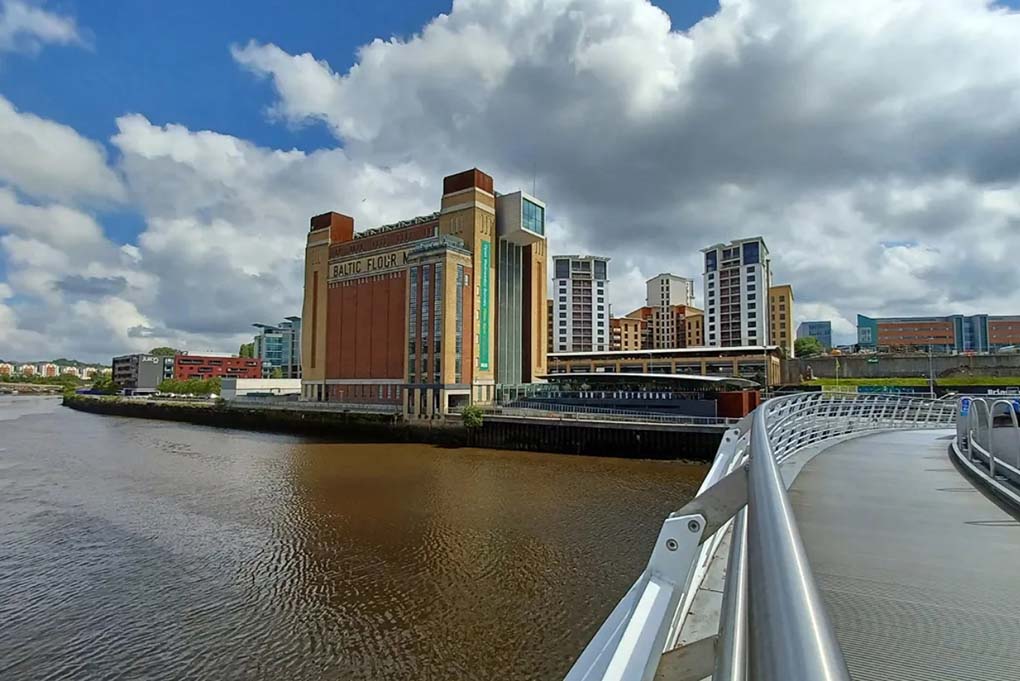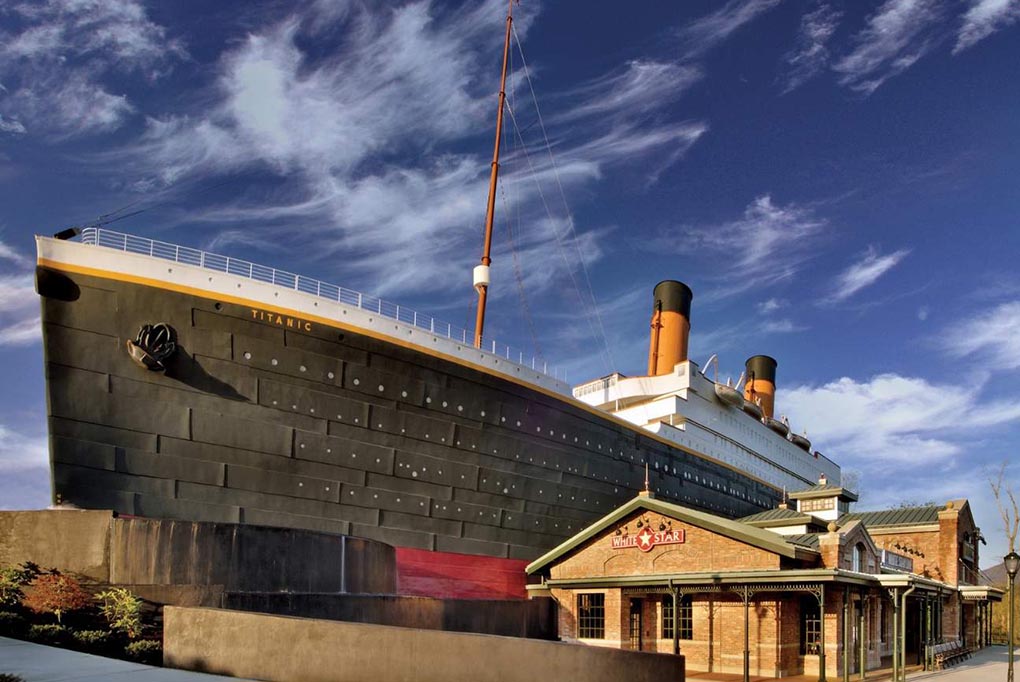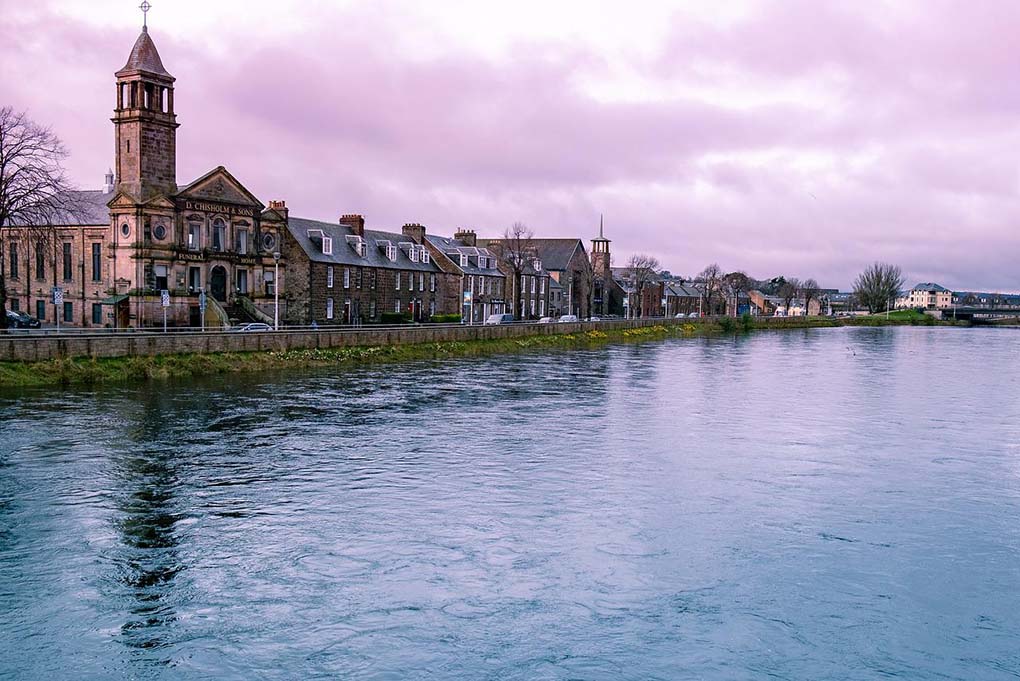Embarking on the enchanting journey to Newcastle, I found myself immersed in the dynamic blend of charm and history that this city has to offer.I will intricately detail my experiences at six captivating landmarks, unraveling the services, advantages and drawbacks, specific geographical locations, transportation nuances from the airport and stations, available discounts, ticket pricing, recommendation scores, and my unfiltered impressions of the booking platforms. Join me as I unfold the allure of Newcastle, a destination that seamlessly combines history, culture, and modern vibrancy.
1. Newcastle Castle: A Historical Marvel Beckoning Exploration
My Newcastle adventure commenced at the iconic Newcastle Castle, a historical marvel beckoning exploration. Services encompassed guided tours through medieval chambers, providing a vivid glimpse into the city’s rich history. The advantage lay in the immersive historical experience, while the potential drawback included limited accessibility for individuals with mobility challenges.
Transportation:
Newcastle International Airport serves as the primary entry point. From the airport, taxis and public transportation offer convenient access to Newcastle Castle. The central railway station also provides easy connectivity. Admission fees vary, and online booking is advisable for streamlined entry.
2. The Quayside: Riverside Bliss with Cultural Flourish
My stroll along The Quayside revealed riverside bliss adorned with cultural flourish. Services included riverside cafes, art galleries, and a vibrant market scene. The advantage was the picturesque setting, while the potential drawback included occasional crowded conditions during peak hours. I couldn’t help but be captivated by the cultural richness that adorned the riverside, creating an immersive experience.
As I passed by the riverside cafes, the aroma of freshly brewed coffee and the chatter of people engaged in lively conversations beckoned me to take a seat. Choosing a quaint spot with a perfect view of the water, I indulged in a cup of rich espresso, savoring both the flavor and the picturesque surroundings. The gentle breeze carried snippets of laughter and snippets of conversations, creating a harmonious symphony of urban life.
Art galleries lined the promenade, each showcasing a unique blend of creativity and expression. I found myself drawn into the world of local artists, their works telling stories of the city’s history, diverse cultures, and contemporary challenges. The riverside setting seemed to enhance the artistic experience, turning each gallery visit into a journey of discovery.
The vibrant market scene was a kaleidoscope of colors and sounds. Stalls displayed a myriad of handmade crafts, vintage treasures, and locally sourced produce. I couldn’t resist exploring the eclectic array of offerings, interacting with passionate vendors who shared stories behind their creations. From handmade jewelry to intricately crafted ceramics, the market was a treasure trove for those seeking one-of-a-kind finds.
Despite the undeniable charm, I couldn’t ignore the potential drawback – the occasional crowded conditions during peak hours. As the day progressed, more visitors flocked to The Quayside, creating a lively yet bustling atmosphere. Navigating through the crowd became a dance of sorts, a small price to pay for the abundance of cultural and sensory delights the riverside offered.
As the sun began its descent, casting a warm glow over the river, I reflected on the day’s exploration. The Quayside had proven to be a haven of riverside bliss, where cultural richness and urban life converged seamlessly. With a satisfied heart, I continued my stroll, eager to uncover more hidden gems along the enchanting riverside.
Transportation:
The Quayside is centrally located and accessible from both the airport and railway station via taxis, buses, or even on foot. No admission fees apply, enhancing its accessibility. Online booking is unnecessary for casual exploration.
3. Tyne Bridge: A Majestic Span Connecting Heritage and Modernity
Exploring the Tyne Bridge unfolded a majestic span connecting Newcastle’s heritage with modernity. Services included guided bridge tours, offering insights into its construction and significance. The advantage was the panoramic views, while the potential drawback included limited facilities on the bridge itself.
Transportation:
Situated centrally, the Tyne Bridge is easily accessible from the airport and railway station via taxis or public transport. Admission fees, if applicable, vary. Online booking may be helpful for guided tours.
4. BALTIC Centre for Contemporary Art: A Modern Art Haven
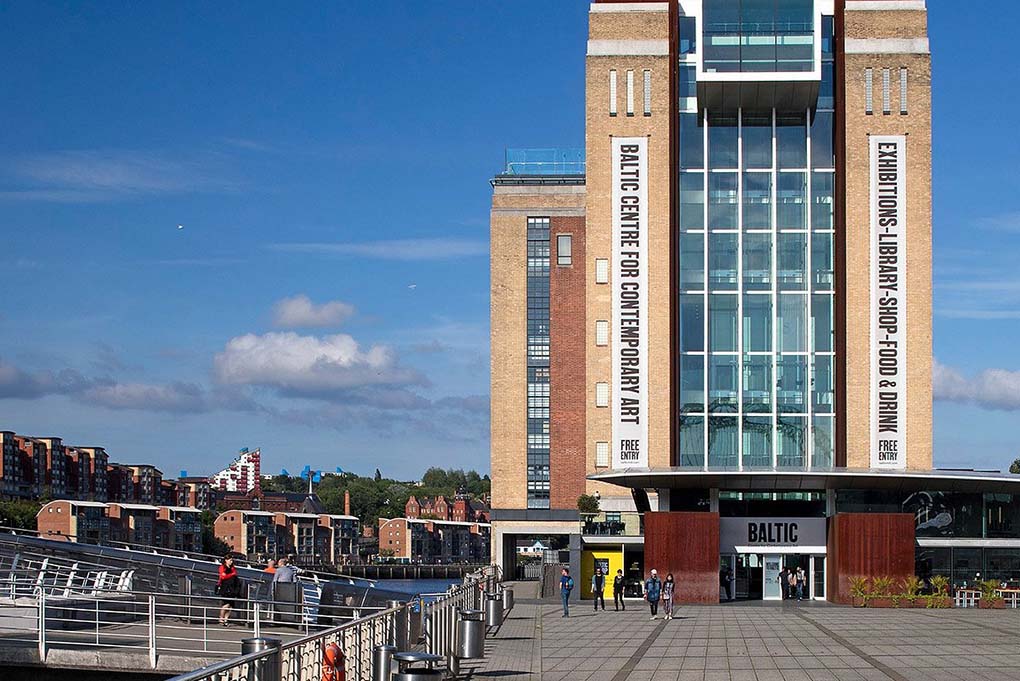
The BALTIC Centre for Contemporary Art stood as a modern art haven amidst historic surroundings. Services encompassed rotating art exhibitions and interactive installations. The advantage was the dynamic artistic atmosphere, while the potential drawback included subjective preferences for contemporary art.Entering the BALTIC Centre for Contemporary Art felt like stepping into a portal that bridged the past and present. The juxtaposition of its modern architecture against the backdrop of historic surroundings created a visual dialogue that intrigued and captivated. As I wandered through its sleek corridors, the promise of artistic discovery hung in the air.
The heart of the BALTIC beat with a rhythm of creativity, its rotating art exhibitions a testament to the ever-evolving nature of contemporary art. Each gallery presented a curated selection of works that challenged perceptions and sparked thought-provoking conversations. From avant-garde installations to thoughtfully curated exhibits, the space offered a dynamic and immersive experience for art enthusiasts and curious minds alike.
One of the highlights was the interactive installations that beckoned visitors to engage with art on a personal level. Touch, sound, and movement became integral parts of the artistic experience, blurring the lines between observer and participant. It was a refreshing departure from the traditional notion of art as something to be observed from a distance, fostering a deeper connection between the artwork and those experiencing it.
The advantage of the BALTIC Centre lay in its ability to cultivate a dynamic artistic atmosphere. The energy of creativity flowed through the space, inspiring a sense of wonder and curiosity. Conversations sparked among visitors, sharing interpretations and reactions to the diverse array of contemporary pieces. It was a living, breathing testament to the power of art to evoke emotions and provoke thought.
It was not lost on me that the potential drawback of such a haven for contemporary art lay in the subjective nature of preferences. What resonated deeply with one visitor might leave another indifferent or even perplexed. The bold experimentation and unconventional forms of expression inherent in contemporary art could be polarizing, and the BALTIC’s offerings might not appeal to everyone’s taste.
As I emerged from the art haven back into the historic surroundings, I pondered the significance of spaces like the BALTIC Centre. They served as bridges between tradition and innovation, inviting us to embrace the evolving landscape of artistic expression. While subjective preferences might create a divide, the overall experience spoke to the power of diversity and the endless possibilities that art, in all its forms, brings to our lives.
Transportation:
Located on the south bank of the River Tyne, BALTIC is reachable from the airport and railway station via taxis or public transport. Admission fees may apply, and online booking can enhance access, especially during popular exhibitions.
5. Jesmond Dene Park: Nature’s Oasis in Urban Newcastle
Jesmond Dene Park emerged as nature’s oasis in urban Newcastle. IServices offered serene walking trails, a petting zoo, and vibrant flora. The advantage was the peaceful retreat, while the potential drawback included limited amenities within the park.
Transportation:
Accessible from both the airport and railway station, Jesmond Dene Park can be reached by taxis, buses, or a pleasant walk. No admission fees enhance accessibility, and online booking is unnecessary for casual visits.
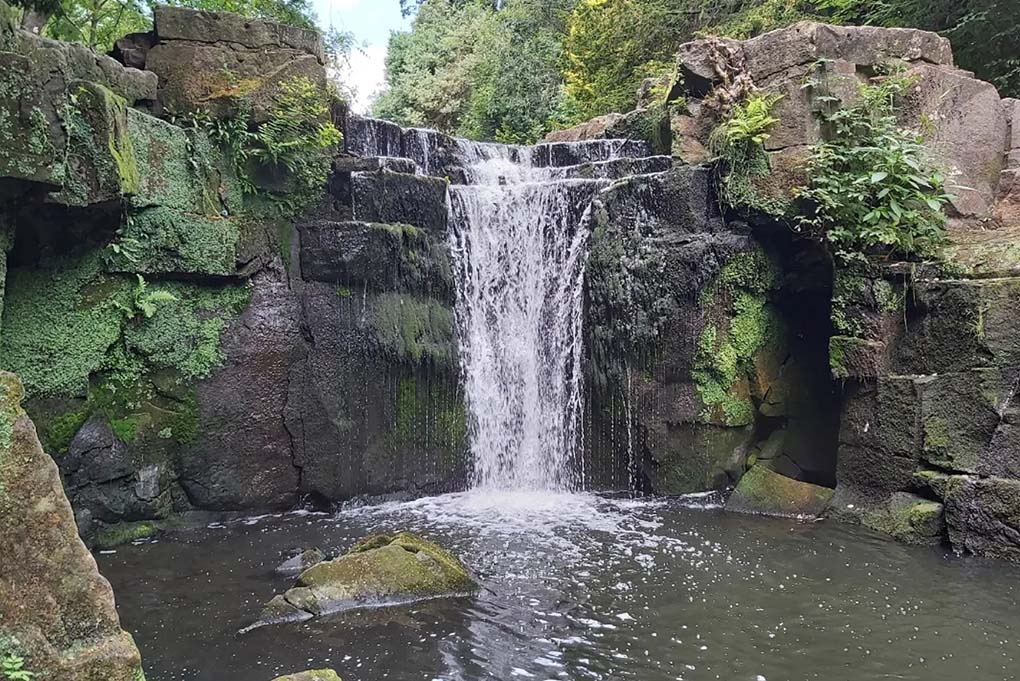
6. St. Nicholas’ Cathedral: Spiritual Elegance in the Heart of the City
My Newcastle journey concluded at St. Nicholas’ Cathedral, a beacon of spiritual elegance in the heart of the city. Services included guided tours, revealing the cathedral’s architectural marvels. The advantage was the serene ambiance, while the potential drawback included occasional restrictions during religious events.As my Newcastle journey reached its spiritual crescendo, I found myself standing in awe before the magnificent St. Nicholas’ Cathedral. This venerable structure, a beacon of spiritual elegance nestled in the heart of the city, exuded a timeless grace that spoke to centuries of history and devotion.
With a desire to delve deeper into the cathedral’s rich tapestry, I opted for one of the guided tours on offer. Led by a knowledgeable guide, the journey through St. Nicholas’ unfolded like a narrative, revealing the architectural marvels that stood as a testament to the craftsmanship of bygone eras. The intricate stained glass windows, the vaulted ceilings that seemed to touch the heavens, and the hallowed halls echoed with tales of faith and resilience. Each step unveiled a chapter of the cathedral’s story, connecting me to a heritage that transcended time.
The advantage of exploring St. Nicholas’ Cathedral was not only in its architectural splendor but also in the serene ambiance that enveloped the sacred space. The hushed whispers of visitors, the soft creaking of wooden pews, and the ethereal glow of candlelight created an atmosphere of profound tranquility. It was a refuge from the hustle and bustle of the city, inviting contemplation and introspection.
The potential drawback became apparent during my visit, as I learned about occasional restrictions imposed during religious events. While understandable, these limitations could pose challenges for those seeking to explore the cathedral fully, especially if they coincided with planned visits. It underscored the delicate balance between preserving the sanctity of religious ceremonies and accommodating the curiosity of those drawn to the cathedral’s cultural and historical significance.
Despite this, as I stood within the sacred walls, I couldn’t help but appreciate the dual role that St. Nicholas’ Cathedral played – a living testament to faith and a cultural treasure trove open to exploration. It served as a bridge between the spiritual and the secular, inviting visitors to not only witness the divine but also to appreciate the artistry and history woven into its stones.
As my journey in Newcastle concluded at St. Nicholas’ Cathedral, I carried with me a profound sense of connection to the city’s past and a newfound appreciation for the coexistence of spiritual and cultural dimensions within its heart. The cathedral stood not only as a place of worship but also as a guardian of stories, a beacon that illuminated the path to understanding and appreciation for the diverse facets of Newcastle’s heritage.
Transportation:
Centrally located, St. Nicholas’ Cathedral is easily reachable from the airport and railway station via taxis or public transport. Admission fees may apply, and online booking may facilitate access to guided tours.
Newcastle’s Tapestry Unveiled
Newcastle’s tapestry unfolded before me, revealing a city that seamlessly weaves together historical grandeur, artistic vibrancy, and natural serenity. While encountering occasional drawbacks such as crowded tourist spots or limited facilities, the overall experience was a captivating exploration of a city that balances its rich past with a dynamic present. Booking platforms played a crucial role in enhancing accessibility, streamlining my journey through Newcastle’s diverse landscapes and cultural attractions. Newcastle, with its historical landmarks and modern allure, invites travelers to unravel the stories etched in its cobblestone streets and iconic structures, promising a journey filled with charm and historical depth.
